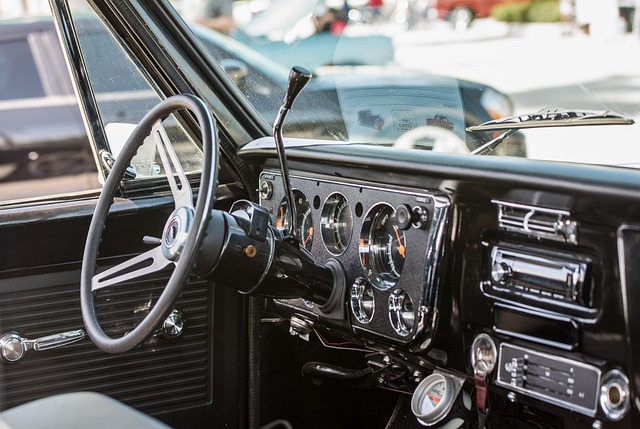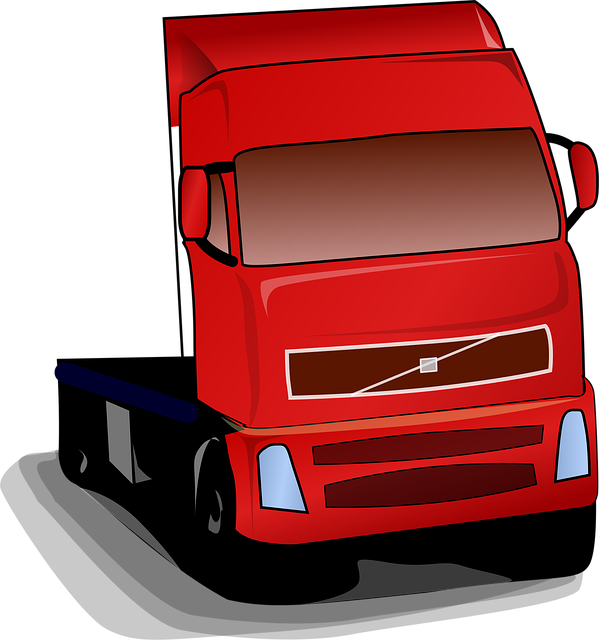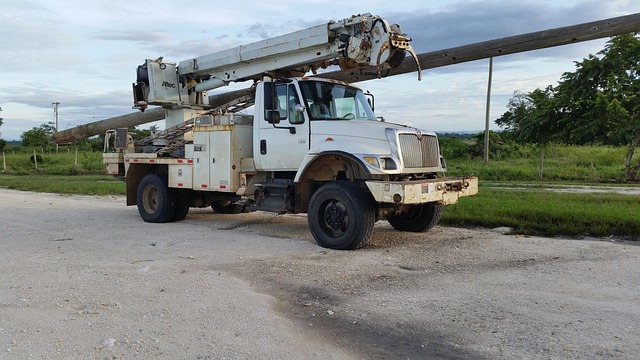Looking to register your car in California? This comprehensive guide breaks down the process step-by-step. First, understand the state’s unique registration requirements and gather essential documents for VIN verification. Then, perform a Vehicle Identification Number (VIN) check, complete the application form, and submit it. Finally, pay the registration fees and receive your personalized license plate. Navigate the process effortlessly with these clear instructions, focusing on crucial aspects like VIN verification.
- Understand California Car Registration Requirements
- Gather Necessary Documents for VIN Verification
- Perform Vehicle Identification Number (VIN) Check
- Complete Application Form and Submit It
- Pay Registration Fees and Receive Your Plate
Understand California Car Registration Requirements

Before registering your car in California, it’s crucial to understand the state’s specific requirements for vehicle identification number (VIN) verification. California law mandates a thorough inspection of a car’s VIN to ensure its authenticity and prevent fraud. This process involves verifying the VIN with the manufacturer’s records to confirm that the vehicle matches the reported specifications.
In addition to traditional vin inspection at a designated location, Californians have the option of utilizing mobile vin verification services. These services employ portable equipment to perform real-time checks, providing convenience and flexibility. A mobile vin verifier can inspect your car’s VIN while you wait, making the registration process smoother and faster. This modern approach aligns with California’s commitment to streamlining administrative tasks for vehicle owners.
Gather Necessary Documents for VIN Verification

To initiate the car registration process in California, you’ll need to gather several essential documents for VIN (Vehicle Identification Number) verification. This crucial step ensures that your vehicle’s details match those on record with the manufacturer. For a smooth and efficient vin inspection, have ready the following:
1. Your valid driver’s license or state-issued ID card.
2. The title of ownership for the vehicle, if applicable.
3. Proof of current auto insurance, displaying the policy number and coverage details.
4. A completed California Vehicle Registration Application form.
5. The vehicle’s vin label, typically located on the driver’s side of the dashboard or under the hood.
6. If applying for registration through a dealer, they may provide additional forms specific to their establishment.
Perform Vehicle Identification Number (VIN) Check

Before registering your car in California, performing a Vehicle Identification Number (VIN) check is a crucial step. This process involves verifying the vehicle’s history and ensuring it meets all legal requirements. You can conduct a VIN verification through various methods, including online services or by contacting the California Department of Motor Vehicles (DMV). A simple mobile vin inspection or even a DIY vin check at home using tools readily available online can help you identify any potential issues early on.
For added convenience and accuracy, consider utilizing mobile vin verification services. These professional inspections provide detailed vehicle history reports, including past ownership, accident records, and maintenance logs. This step is particularly important if you’re purchasing a used car, as it allows you to make informed decisions and navigate the registration process with ease.
Complete Application Form and Submit It

After gathering all your documents, it’s time to complete the registration process by submitting the necessary forms. You’ll need to fill out the Application for Title and Registration (form DV304), which can be obtained from the California Department of Motor Vehicles (DMV) website or any local DMV office. This form requires detailed information about your vehicle, including its make, model, year, and unique Vehicle Identification Number (VIN). During this process, a vin verification is conducted to ensure the accuracy of these details.
Ensure that all information provided is correct and complete. Double-check your answers before submitting the form along with the required fees. You can submit it in person at a DMV field office or by mail, depending on your convenience. If you prefer a more efficient and convenient option, consider using mobile vin inspection services that offer on-site or remote vin verification, making the registration process even smoother for California residents.
Pay Registration Fees and Receive Your Plate

After completing your vehicle’s registration application, the next step is to pay the required fees. These include the registration fee, which varies based on your vehicle type and age, and the emissions testing fee if applicable. You’ll also need to cover the cost of license plates, typically around $50 for standard plates. Once all fees are paid, you’ll receive your Vehicle Identification Number (VIN) verification, often conducted through a mobile vin inspection or a trusted mobile vin verifier to ensure the vehicle’s authenticity. Following this process, your registration is officially complete, and you’ll be issued unique license plates that belong exclusively to your vehicle.
Registering a car in California involves understanding clear requirements, gathering essential documents, completing a VIN verification process, and paying corresponding fees. By adhering to these steps, from identifying your vehicle’s unique Vehicle Identification Number (VIN) to submitting the necessary forms and receiving your custom license plate, you’ll be legally registered and ready to hit the road. Remember, accurate vin verification is key to ensuring a smooth registration experience in California.



